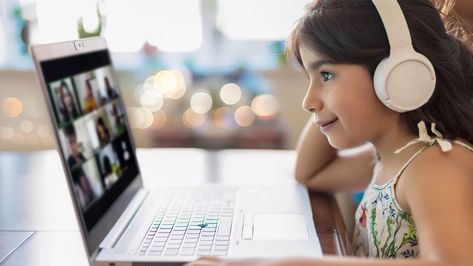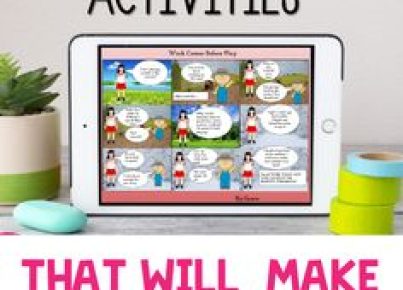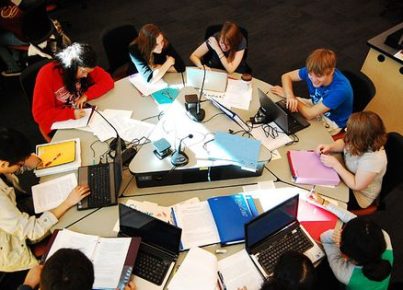In recent times, the COVID-19 pandemic has disrupted traditional classroom environments, forcing teachers and students to adapt to online learning. However, this doesn’t mean that nurturing a positive classroom community takes a backseat. Teachers have come up with creative ways to maintain meaningful connections and foster collaborative learning online. In this article, we will explore some innovative methods educators are using to build classroom communities in a virtual setting.
1. Virtual Icebreakers
To help students feel comfortable in a remote learning environment and get to know each other, teachers are incorporating virtual icebreakers in their curriculum. One such activity is “Two Truths and a Lie,” where students share three statements about themselves – two true, one false – while classmates guess which statement is fictional.
2. Collaborative Learning Projects
Online platforms such as Google Classroom, Edmodo, and Seesaw enable teachers to manage group projects seamlessly. Teachers may assign various roles to individual students, who can then share ideas, provide feedback, and collaborate on creating their final product. Such collaboration encourages camaraderie in the group.
3. Digital Pen Pals
Connecting with classrooms worldwide through digital pen pal programs can expand students’ cultural horizons and help them appreciate diverse perspectives. By exchanging messages and participating in video calls with international classrooms, students can further develop their communication skills.
4. Online Book Clubs
Creating an online book club with regular discussion sessions encourages students’ active participation in reading activities while facilitating intellectual conversations among peers. Utilizing tools like Flipgrid or Padlet allows for asynchronous idea sharing and collaboration.
5. Virtual Field Trips
Teachers can take advantage of virtual field trips available on websites such as Google Arts & Culture or the Smithsonian Institution websites to recreate memorable classroom experiences for their students. These immersive experiences not only offer new learning opportunities but also promote student engagement.
6. Show-and-Tell Sessions
Holding online show-and-tell sessions are a great way to help students express their interests and passions outside of academics. Students can share various personal objects, talents, or stories via video presentations or screen sharing, encouraging them to open up and form emotional connections.
7. Interactive Games and Quizzes
Incorporating educational games like Kahoot!, Quizlet Live, or Gimkit spices up the learning experience while fostering a sense of community among students. Friendly competitions drive student participation and help deepen their friendships.
8. Social Media Engagement
Social media platforms like Instagram or Twitter can be used as an extended classroom space for out-of-class discussions, news sharing, and keeping students engaged between virtual class sessions.
9. Building a Digital Classroom Environment
Utilizing virtual tools such as Bitmoji Classrooms or custom Zoom backgrounds helps educators create a visually appealing digital environment that fosters a sense of belonging among students.
10. Empathy-building Activities
Teachers can incorporate activities that promote empathy and understanding to foster positive interpersonal relationships, such as discussing various scenarios displaying kindness or conducting gratitude circles.
These creative methods prove that despite the ongoing transition to remote learning, teachers can build strong classroom communities online. By continually adapting their teaching strategies in our ever-evolving world, they ensure students remain engaged and continue developing meaningful connections with their peers.





